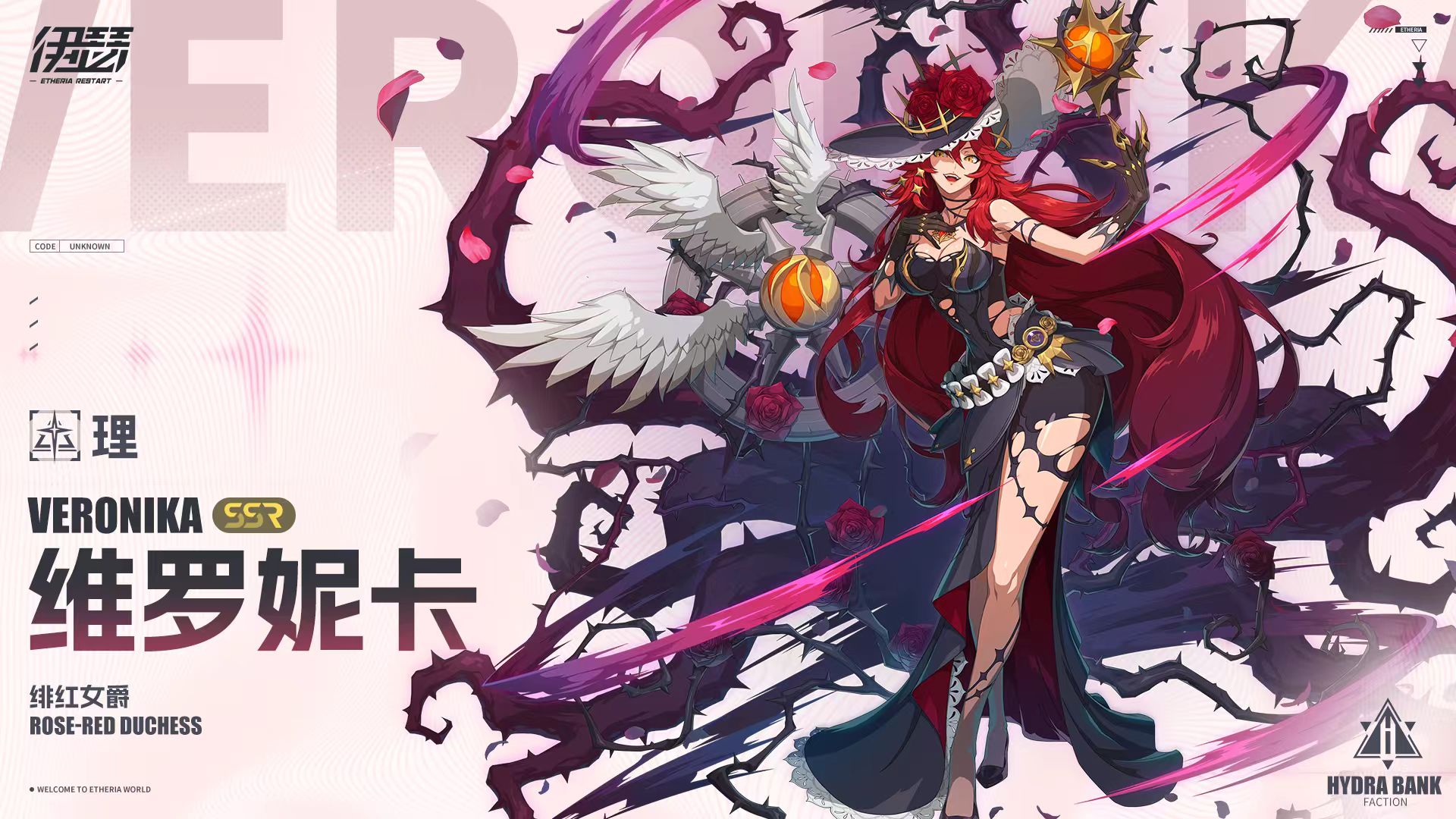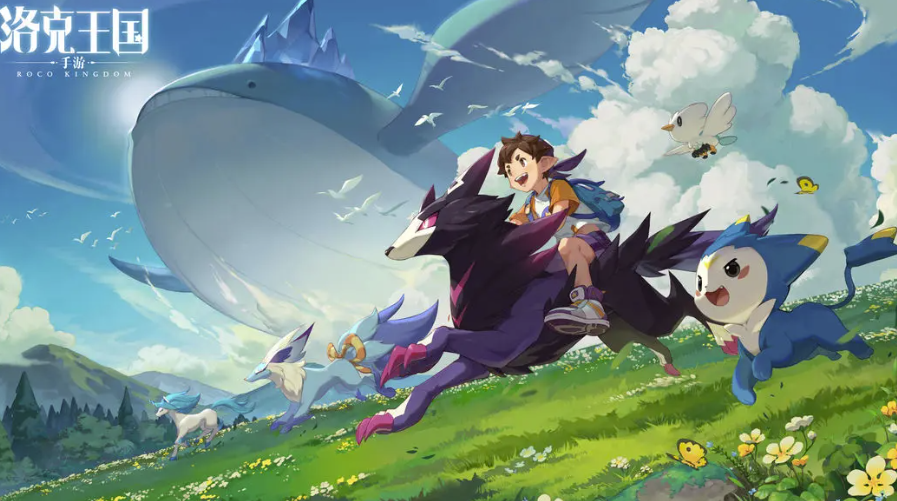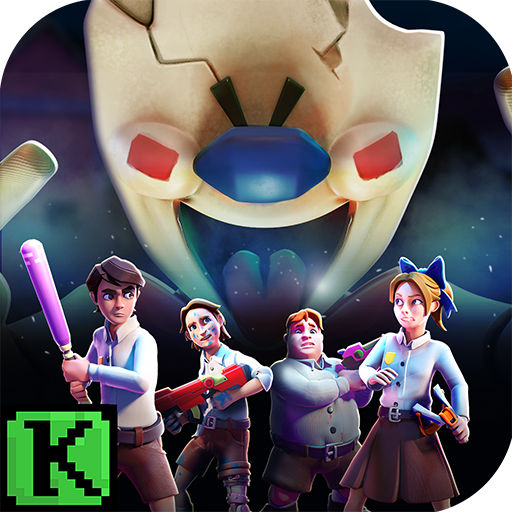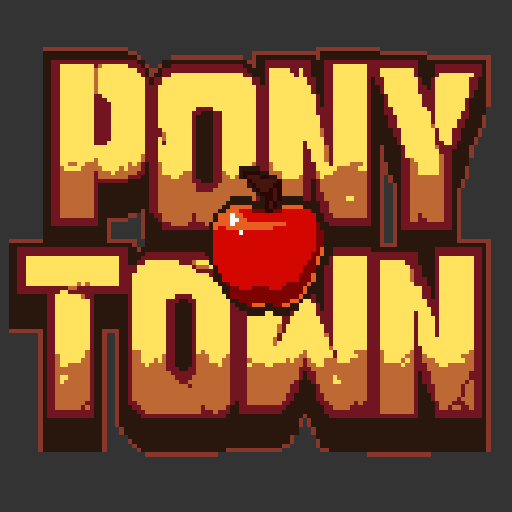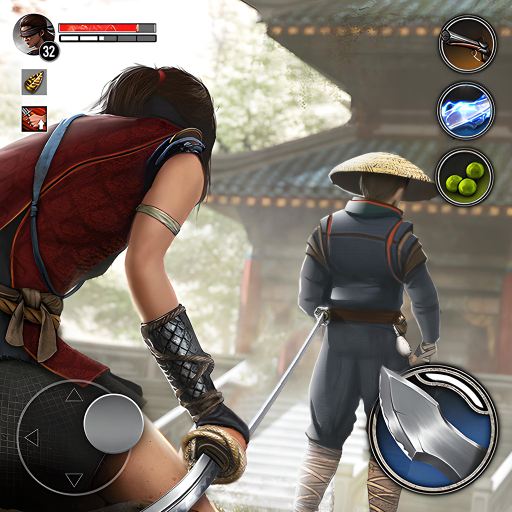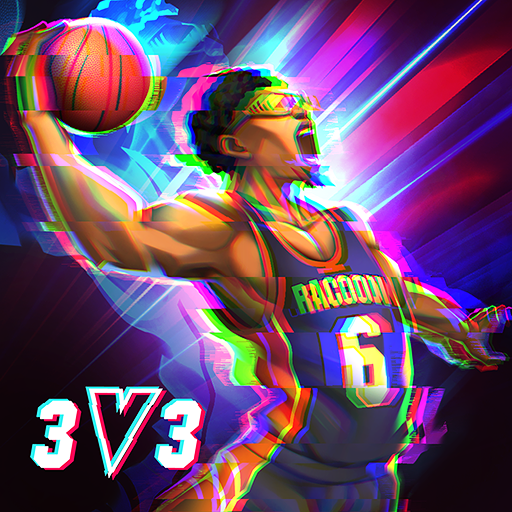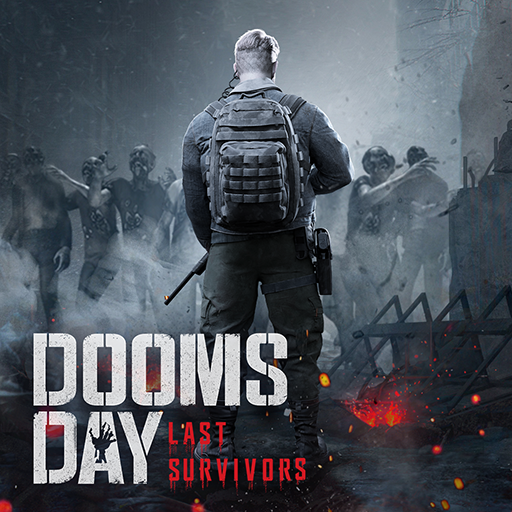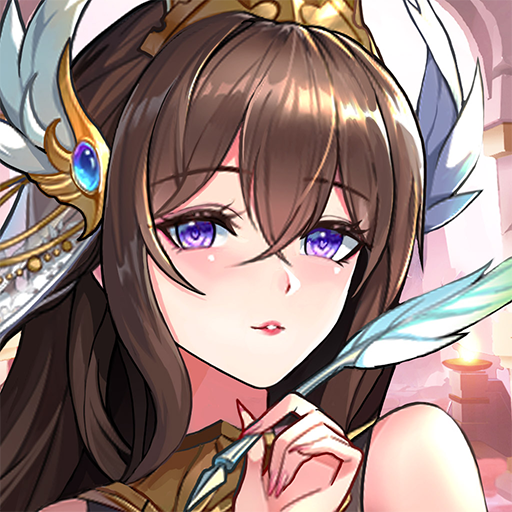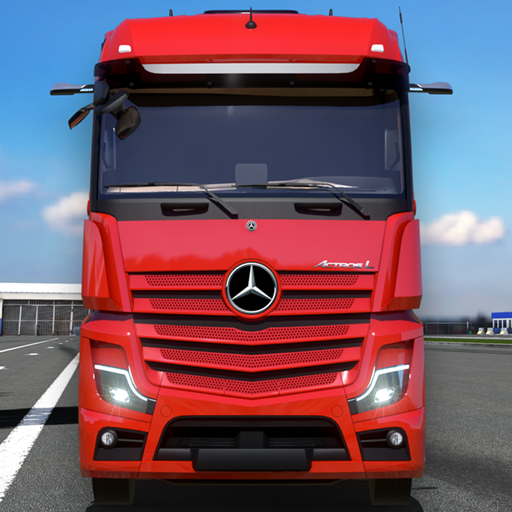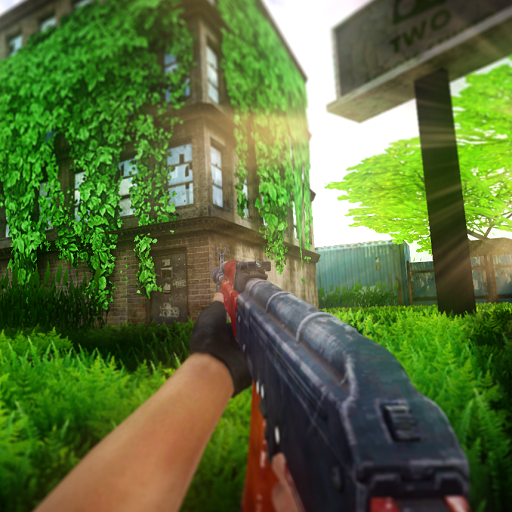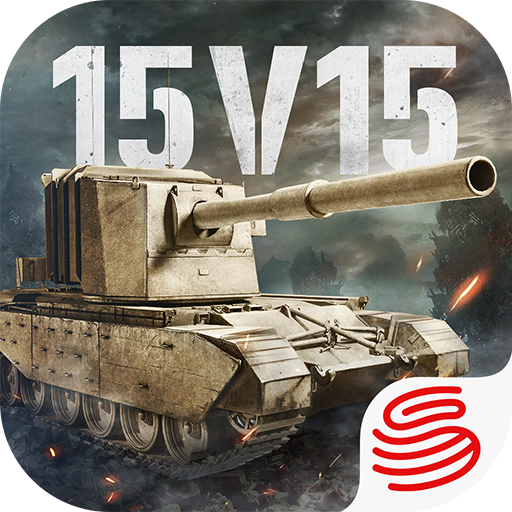The key focus of this article is the horse selection scheme in "Great Jianghu: Azure Dragon and White Bird." There is a wide variety of horses to choose from, with significant price differences. When choosing a horse, it's important to decide based on your financial situation. In the early stages, if funds are limited, opt for a moderately priced, cost-effective horse. Later, when you have more resources, consider purchasing higher-level, better-attribute horses. So, what types of horses are available in the game? Let's take a look together.
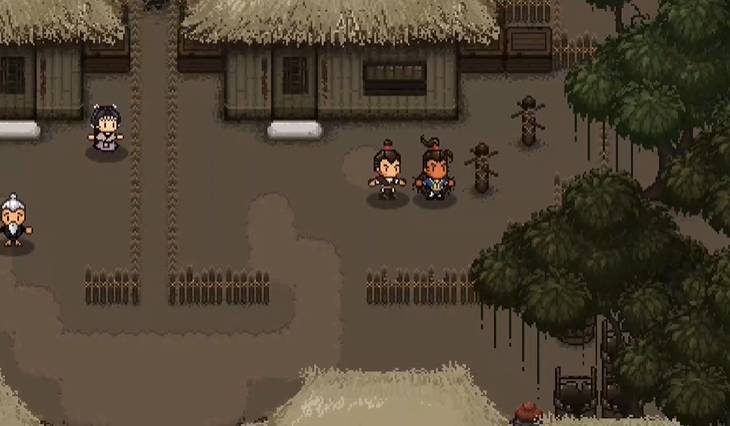
Moonlit Meteor White Dragon Horse commonly known as the White Dragon Horse, is entirely white with a fierce appearance, making it a visually stunning horse. It provides 100 points of health, a 5% critical hit bonus, and 60 points of agility. The Night Shadow Gale Black Mane also called the Gale Horse or Black Horse, is entirely black, giving an intimidating feel. It offers 100 points of health, a 5% combo attack bonus, and 60 points of agility, suitable for players who pursue high combo output. The Yellow-Haired Skinny Clown Horse usually referred to as the Clown Horse or Yellow Horse, has a relatively weak and unremarkable appearance. However, it provides 1 point of morality and 1 point of scene movement speed bonus. Morality is an important condition for recruiting certain characters, and speed can improve map exploration efficiency, offering unique value in the mid to late game.
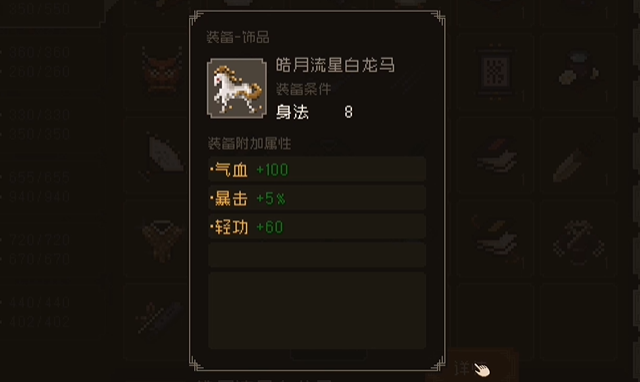
Melee Output Characters are suitable for choosing horses that increase strength, critical hit, or combo attack attributes. For example, the Black Horse typically increases combo attack chances, which is beneficial for characters using melee weapons like swords, allowing them to deal more damage through combos and effectively suppress enemies in combat. Ranged Output Characters should pick horses that enhance agility, accuracy, or critical hit attributes. Some White Horses might provide a high agility boost, increasing the attack speed and dodge ability of ranged characters, making them more agile and improving their survival while ensuring stable output. Defensive Support Characters can choose horses that increase health, defense, or inner power recovery. For example, some horses can significantly boost a character's health, enhancing their survivability for roles that bear defensive responsibilities or need to frequently use skills to support teammates, providing better team support.
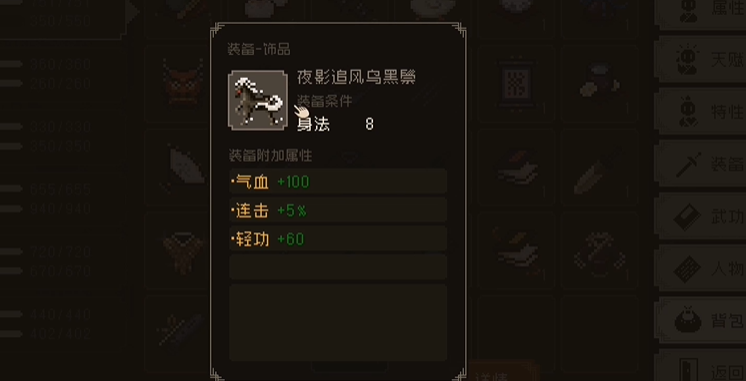
Horse selection should also be based on the progress of the game. In the early stages, focus on practicality and cost-effectiveness. At this point, players may have limited resources and do not need to pursue overly advanced horses. Horses with good basic attributes that can increase movement speed and provide minor combat benefits are sufficient to meet the needs, helping players quickly move around the map, complete various tasks and explorations, and accumulate resources and experience. In the mid-game, choose based on your development direction and combat needs. If a player starts to focus on PVP in the mid-game, they can select a horse that emphasizes combat attribute improvements.
If a player still focuses on exploration and completing side quests, they can choose a horse with fast movement speed and attributes that enhance gathering or exploration, improving exploration efficiency. In the late game, players usually have more resources and choices, allowing them to pursue top-tier horses. These horses often have unique skills or very high attribute bonuses, such as significantly boosting all combat attributes or having special passive skills like a chance to trigger invincibility during combat. They play a crucial role in high-difficulty battles and PVP competitions in the late game.
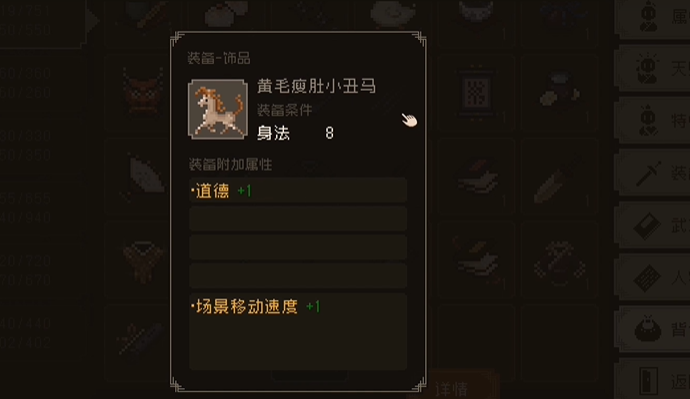
The content on the horse selection scheme in "Great Jianghu: Azure Dragon and White Bird" ends here. Raising horses also requires a certain amount of resources and money. Some high-level horses may need more advanced feed to maintain their condition and ensure attribute bonuses. Therefore, when choosing a horse, it's also important to consider the subsequent maintenance costs and ensure you have enough resources to keep the horse in good condition.
